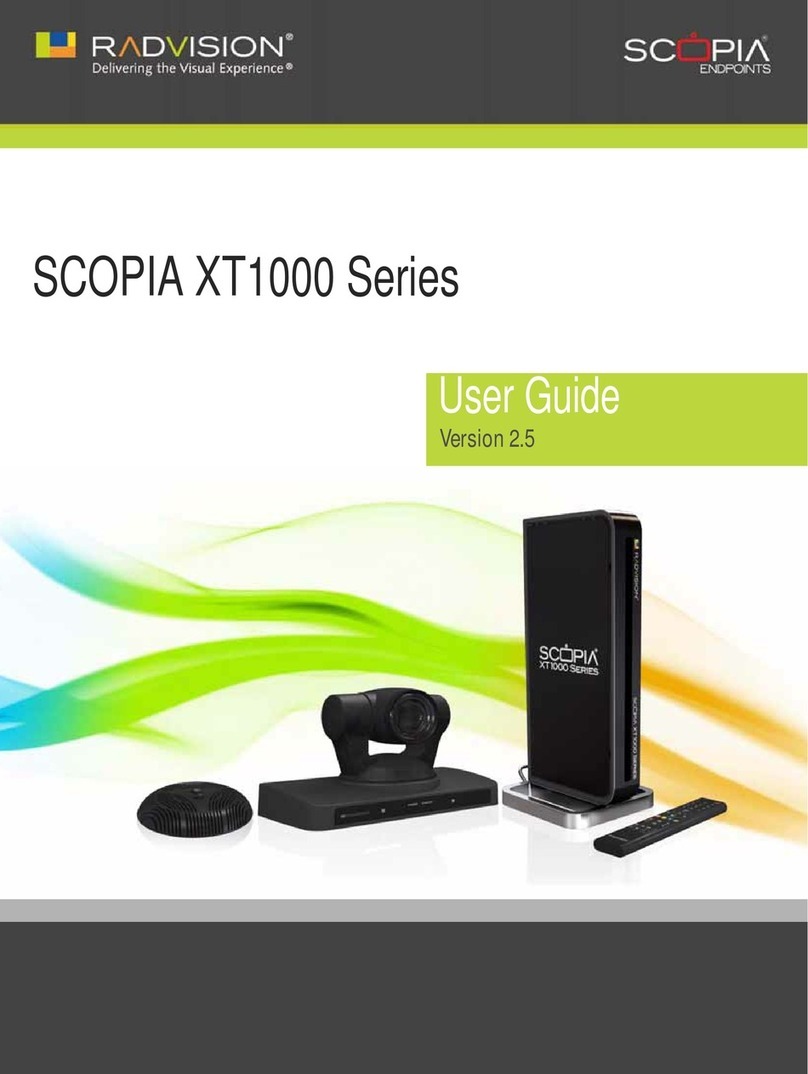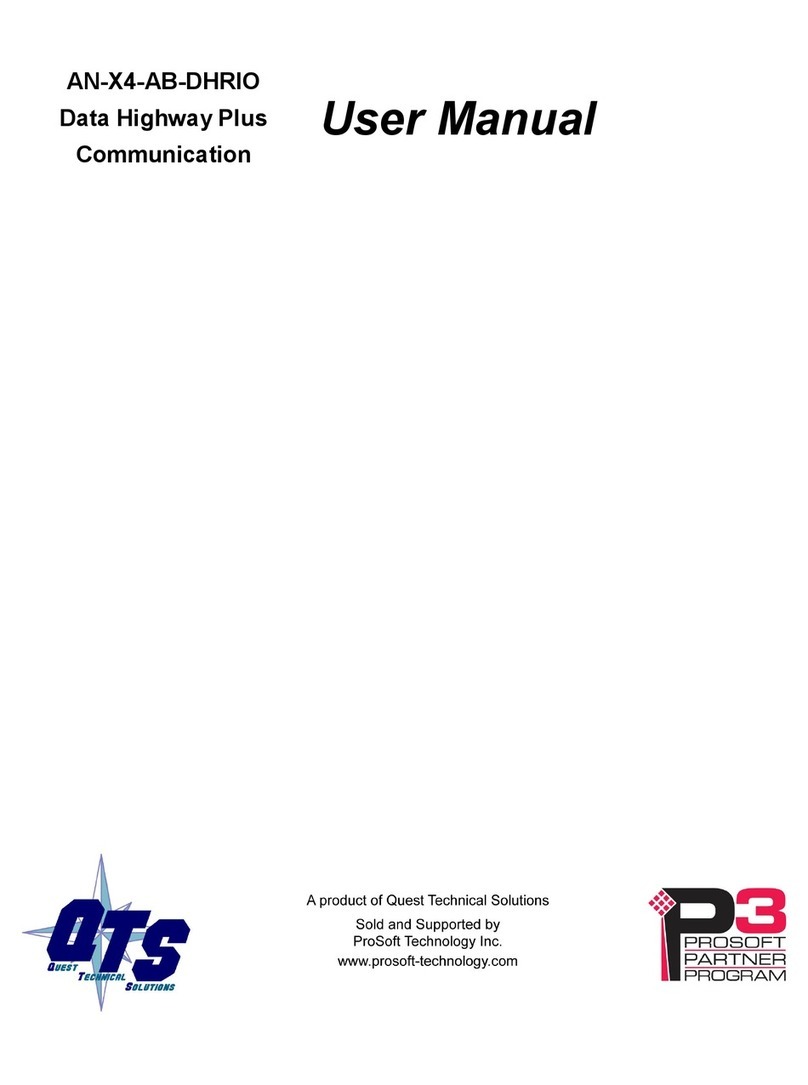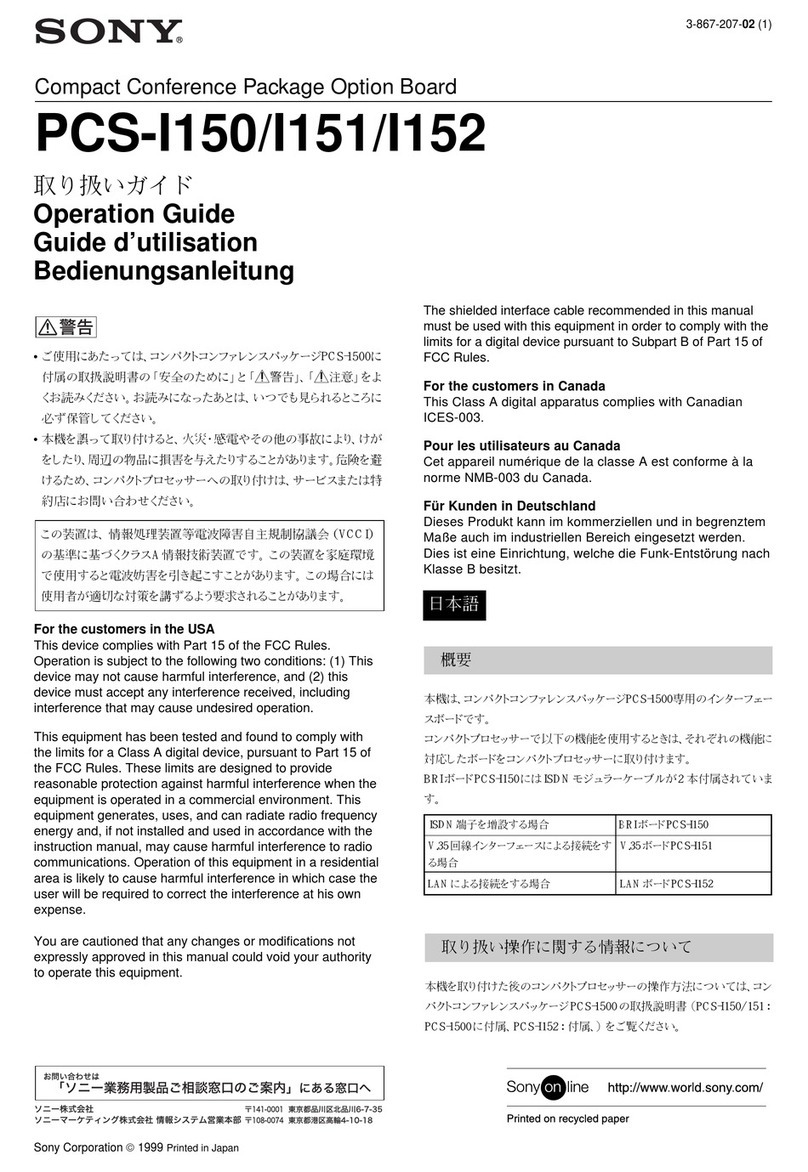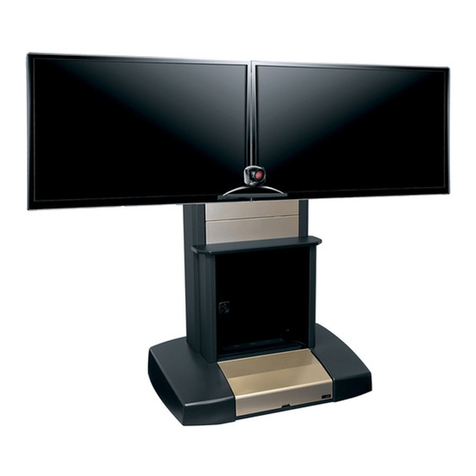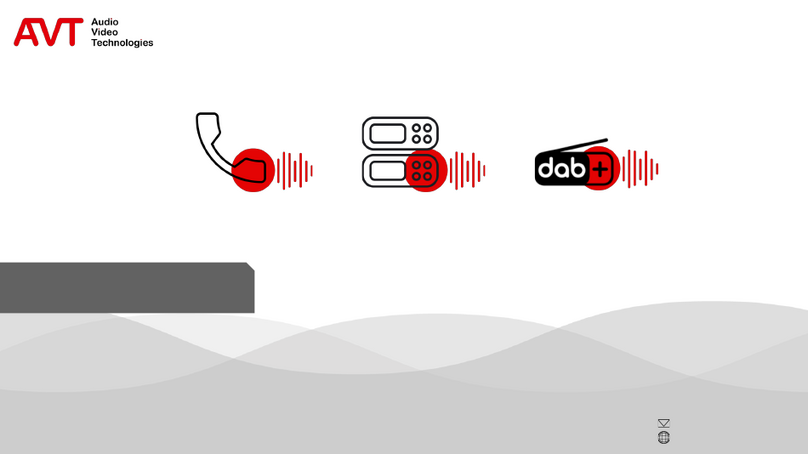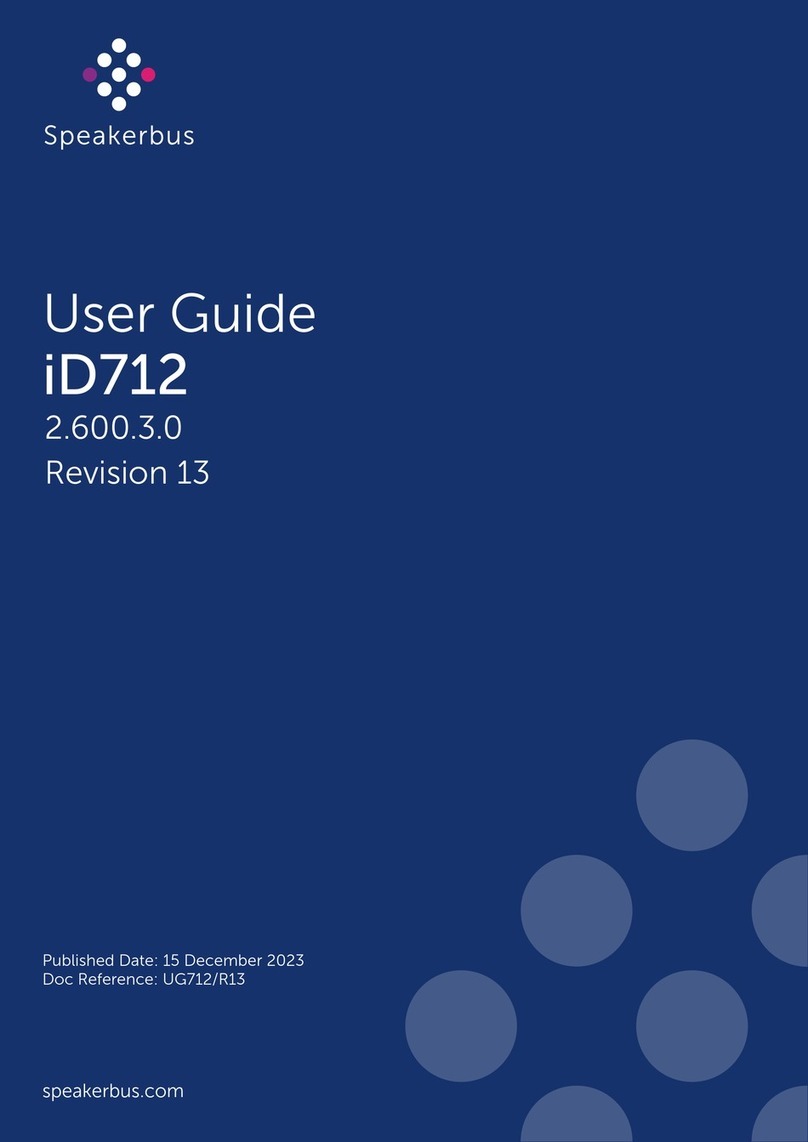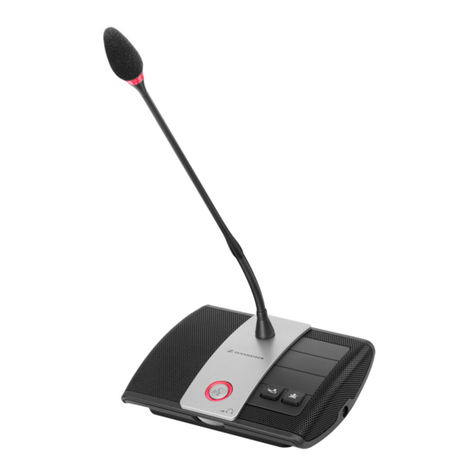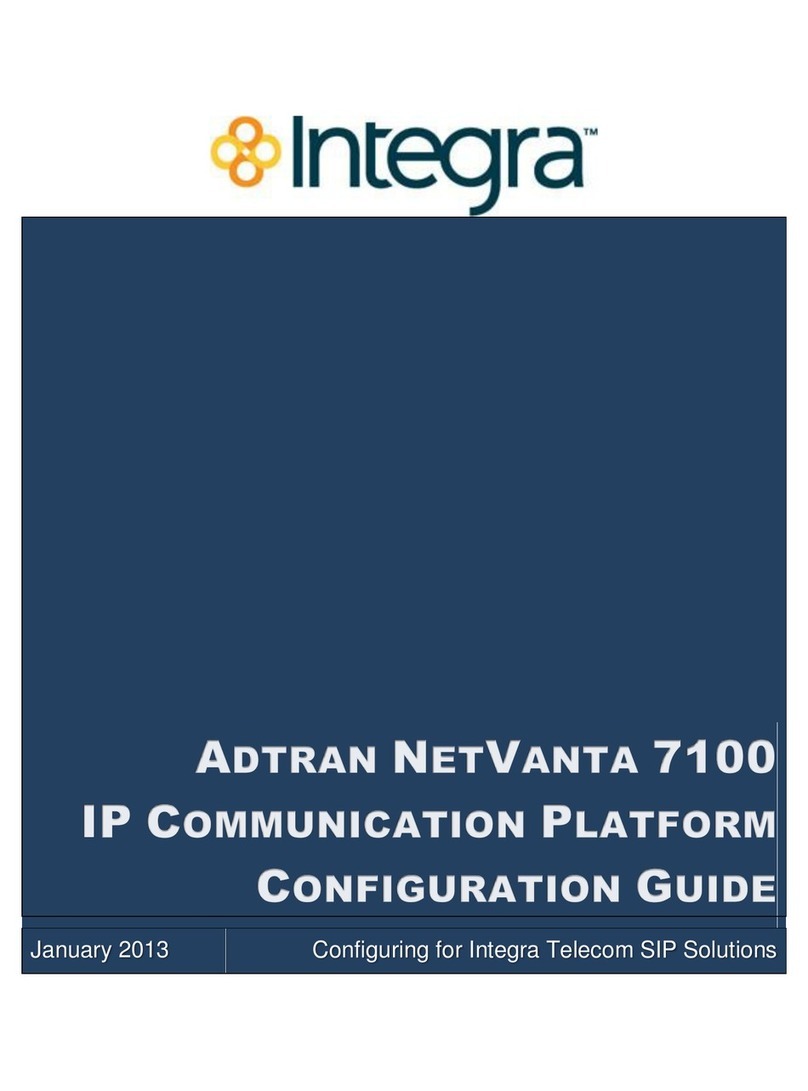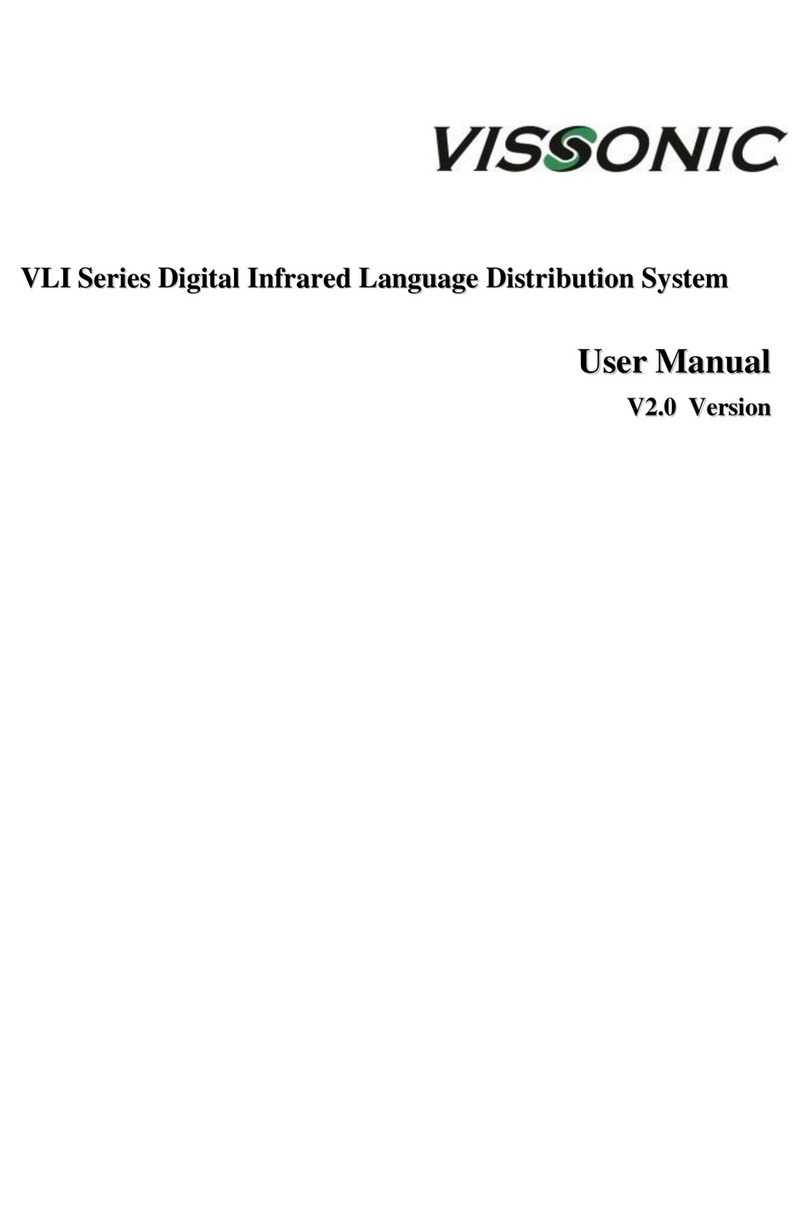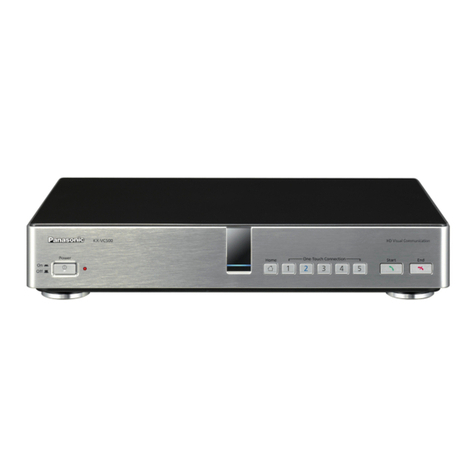Contents
Overview ..................................................................................................................................1
Product Overview..................................................................................................................1
Product Specifications ..........................................................................................................1
Basic Settings.......................................................................................................................... 2
Web Interface Login............................................................................................................. 2
Device Info........................................................................................................................... 3
SIP Account.......................................................................................................................... 4
P2P Account..........................................................................................................................7
Audio Codecs ........................................................................................................................7
Advance SIP Settings............................................................................................................ 8
Video (Ei-V05 only).............................................................................................................. 9
Advanced Settings..................................................................................................................10
Volume Control...................................................................................................................10
I/O Settings .........................................................................................................................10
API Settings ........................................................................................................................ 12
Multicast Settings................................................................................................................14
Prompt Language................................................................................................................ 15
Audio Files .......................................................................................................................... 15
Settings ..................................................................................................................................16
Network Setting ..................................................................................................................16
Time Settings ...................................................................................................................... 17
Upgrade ..............................................................................................................................18
Reboot & Reset....................................................................................................................19
Maintenance ......................................................................................................................... 20
Diagnostic .......................................................................................................................... 20


